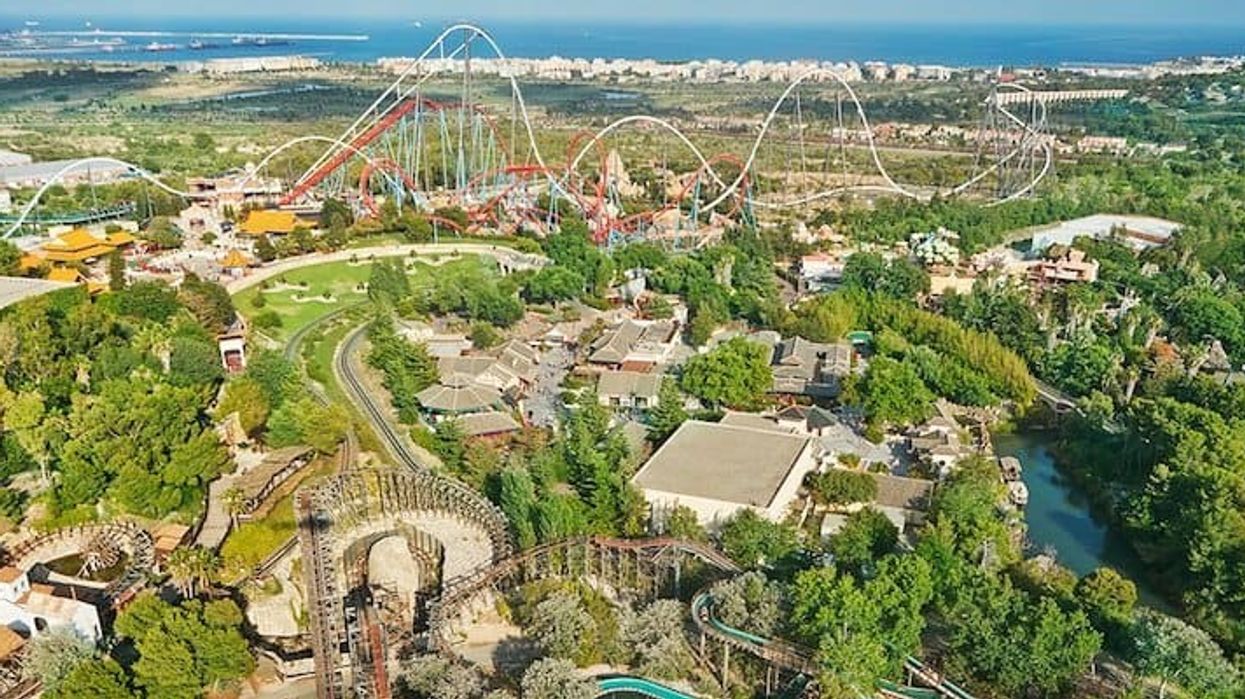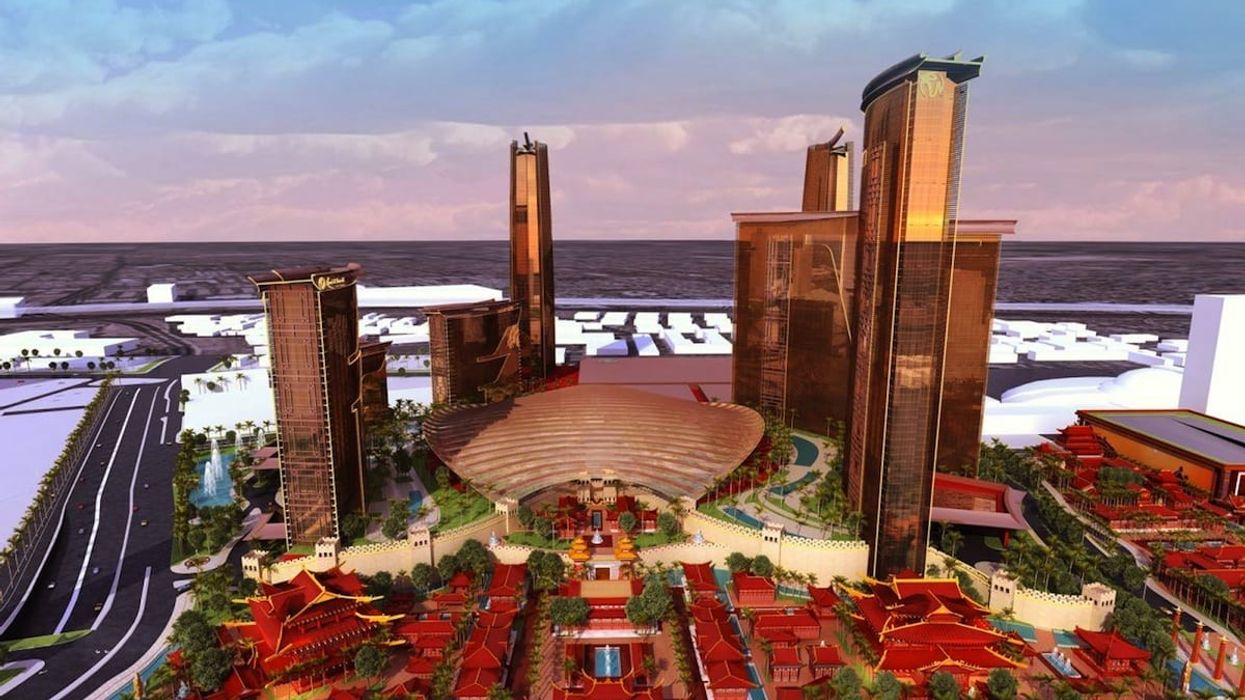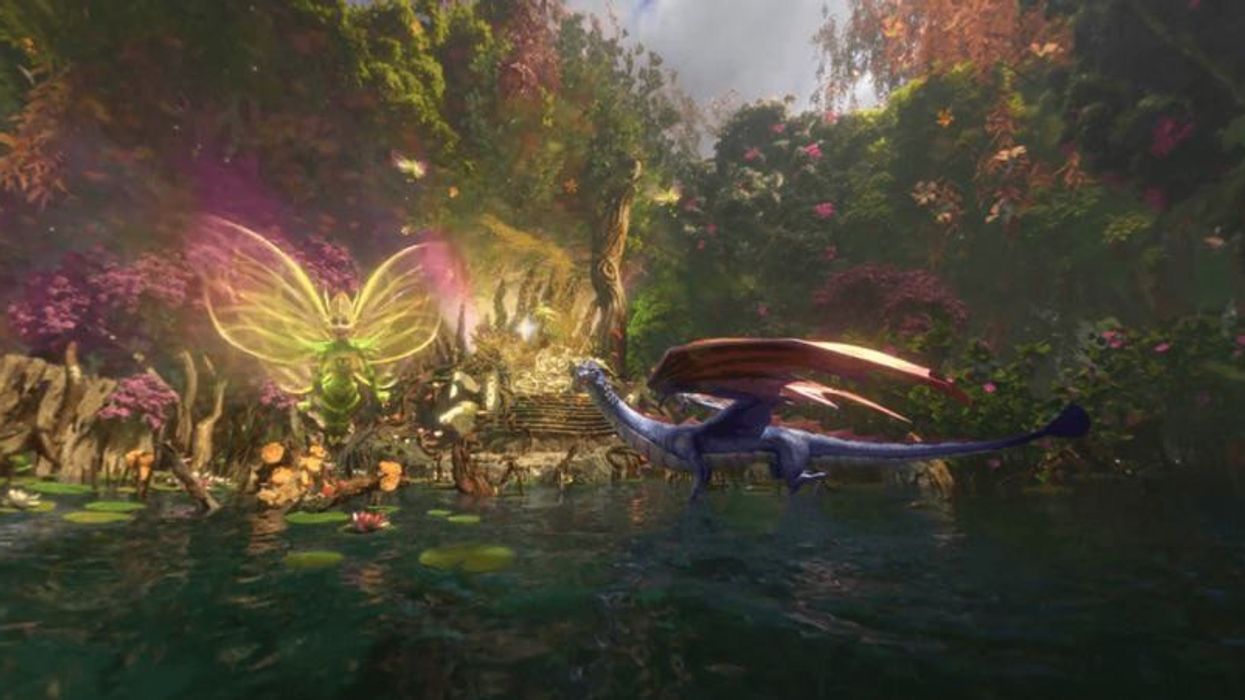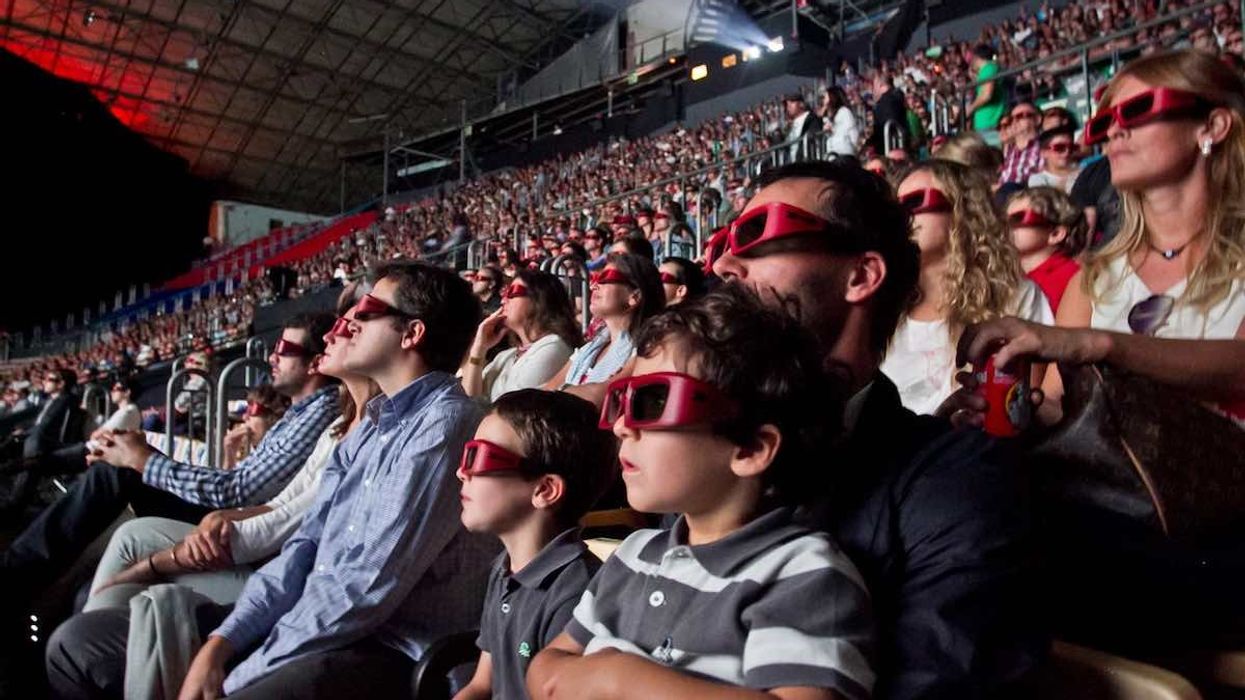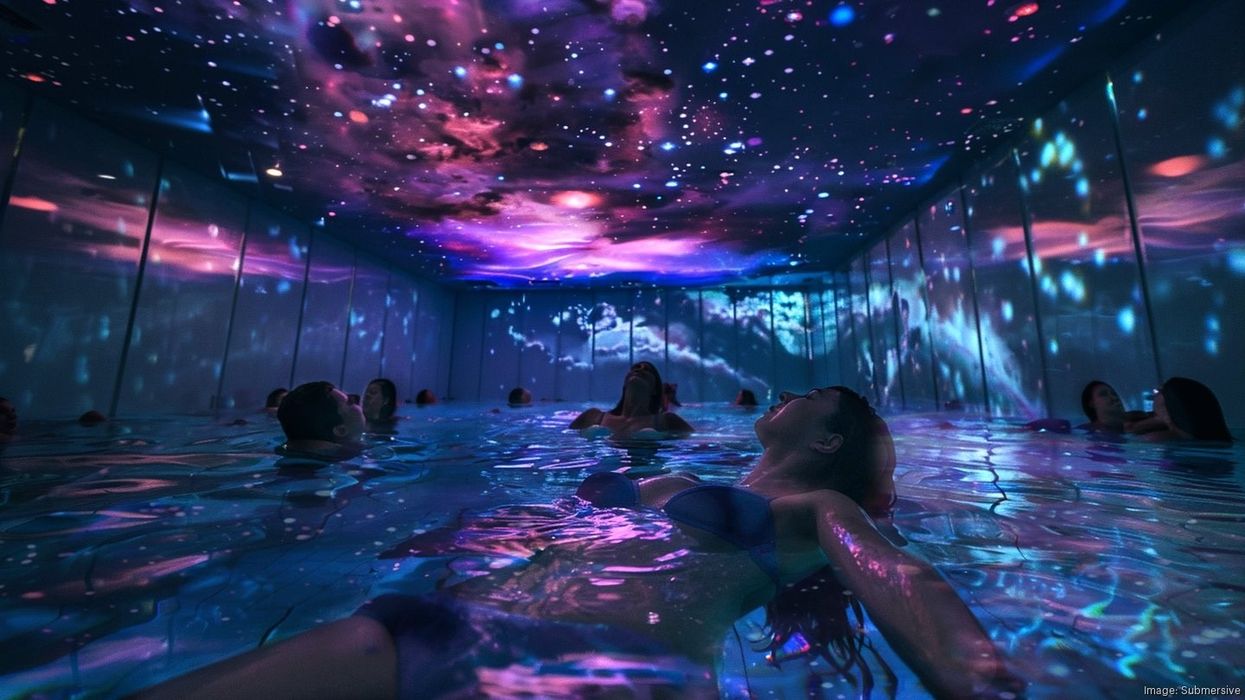"Blooloop is like having a front-row seat to the global pulse, trends, and game-changing ideas that shape our sector. In our storytelling business, no one delves into the future of fun like they do."
The business of attractions, straight to your inbox!
Sign up to receive the industry’s most comprehensive news service directly to your inbox every day.
✅ Thank you! We’ve sent a confirmation email to complete your subscription.


